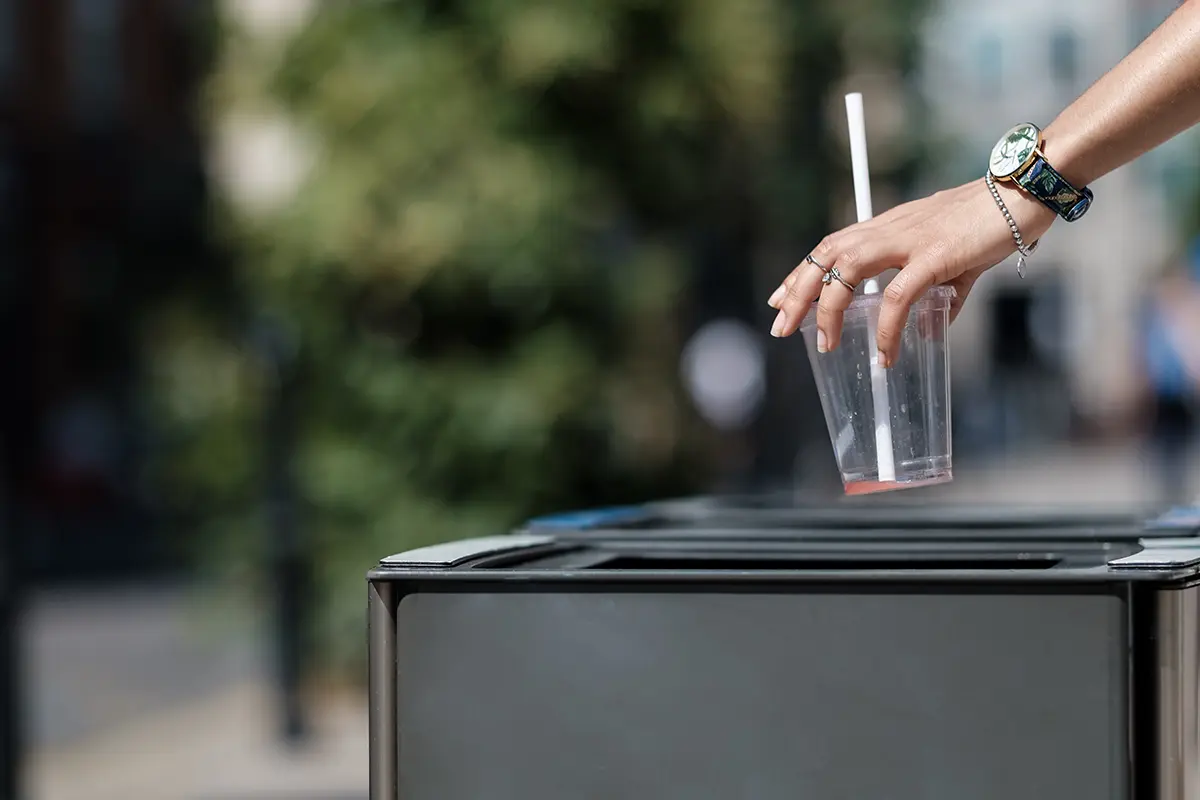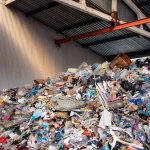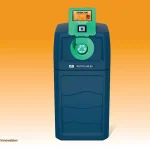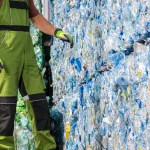In the evolving waste management landscape, the shift from traditional data collection methods to real-time, bin-level monitoring is revolutionizing recycling efficiency and sustainability. Waste Wise Innovation champions this transformation, emphasizing the critical role of real-time data in optimizing recycling programs.
The Limitations of Traditional Data Collection
Historically, recycling data has been gathered through third-party billing reports, providing only aggregated weight measurements after materials are hauled away. This retrospective approach lacks the granularity needed to identify issues such as contamination sources or inefficient bin usage. Organizations struggle to implement targeted improvements without detailed insights, often relying on assumptions rather than actionable data.
Advantages of Real-Time, Bin-Level Data
1. Immediate Identification of Contamination
Real-time monitoring enables the detection of contamination at the source. By identifying when and where non-recyclable materials are improperly disposed of, organizations can promptly address the issue through targeted education or operational changes, reducing the risk of entire batches being compromised.
2. Optimized Collection Schedules
With continuous data on bin fill levels, waste management can transition from fixed collection schedules to demand-based pickups. This adaptability not only conserves resources by avoiding unnecessary collections but also prevents overflows, maintaining cleaner and more efficient recycling environments.
3. Enhanced Transparency and Accountability
Detailed, real-time data fosters greater accountability among all stakeholders. Organizations can track recycling performance, set measurable goals, and transparently report progress to stakeholders, reinforcing commitment to sustainability initiatives.
When data is verified and securely recorded, it becomes a powerful tool for compliance, reporting, and stakeholder trust. Whether you’re pursuing sustainability goals, ESG metrics, or LEED certification, an immutable ledger of verified recycling events strengthens your credibility.
4. Proactive Program Adjustments
Continuous data collection allows for the monitoring of recycling trends over time. This insight facilitates proactive adjustments to recycling programs, ensuring they evolve in response to actual usage patterns and challenges, rather than relying on outdated or generalized data.
Waste Wise Innovation’s Technological Solutions
At the forefront of this data-driven approach is Waste Wise Innovation’s Topper Stopper™ units, integrated with TS Analytics™. These smart devices provide real-time insights into bin usage, contamination rates, and collection needs. By leveraging this technology, organizations can make informed decisions that enhance recycling efficiency and sustainability.
By integrating a blockchain-style digital ledger, EcoLedger™, Waste Wise Innovation ensures that every recycling action is verifiable, auditable, and protected. This not only enhances operational confidence but also prepares organizations for future regulatory requirements around data integrity and environmental reporting.
Conclusion
Transitioning to real-time, bin-level data collection is not merely a technological upgrade; it’s a strategic imperative for effective waste management. By embracing this approach, organizations can achieve greater efficiency, accountability, and environmental impact. Waste Wise Innovation stands ready to support this transition, offering the tools and expertise necessary to harness the full potential of real-time recycling data.






